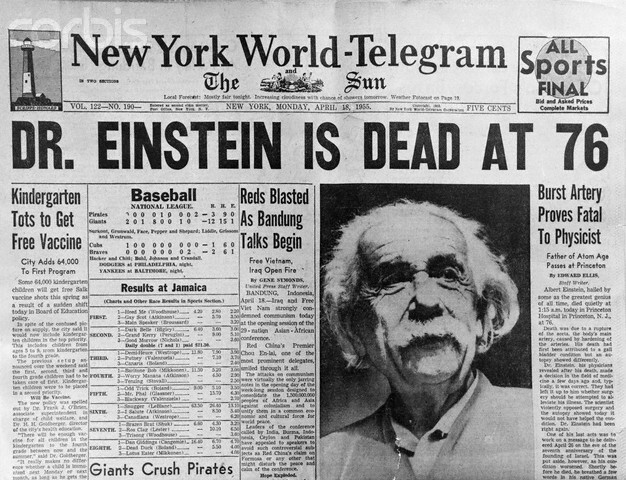Last Updated on: 22nd November 2023, 12:39 am
Recent research published in Nature Astronomy (Ref.1) has raised fundamental questions about our understanding of the universe. The study claimed, with 99% confidence, that the universe is closed, contradicting previous models. Another paper (Ref.2) suggested extremely low odds against an open, flat, and infinite universe. These findings have shaken the foundations of the Standard Model of Cosmology (SMC) and exposed serious shortcomings in our current understanding of the universe. Major cracks have appeared in the standard model of cosmology.
Eight significant issues with the SMC have been identified (Ref.3A), each of which poses a substantial challenge. Taken together, these challenges indicate a crisis in cosmology and the need for a paradigm shift.
Physics, on the other hand, relies on two pillars: General Relativity (GR) and Quantum Mechanics (QM). However, these two theories are inherently incompatible, leading to a deep divide within the field (Ref.3B). This conflict is openly acknowledged by physicists themselves (Ref.3C), signifying a crisis in the realm of physics.
Subhajit Waugh, a physicist at RRCAT, contends that the incompatibility between Quantum Mechanics and General Relativity may stem from an erroneous model of the universe (4A). He has proposed an alternative model that defines the shape and size of the universe (Ref.4B). Waugh’s model, characterised as an ‘expanding (hyper) balloon,’ offers the potential for a unified theory of physics and cosmology, approaching the concept of a ‘theory of everything.’
This model draws inspiration from Edwin Hubble’s observation that galaxies move away from Earth at speeds proportionate to their distance. Waugh argues that the analogy of an expanding balloon, previously considered, holds true. He posits that the “wall” of the balloon universe consists of invisible scalar fields and particles, akin to electric and magnetic fields, with matter eternally confined to the 3D hypersurface of these fields. This perspective has been largely overlooked in favor of the scale factor a(t) in the FLRW metric, which underlies the SMC.
To illustrate, as the balloon expands, two simultaneous phenomena occur: 1) A point on the balloon’s wall moves away from the center, akin to the temporal part of the FLRW metric, representing the passage of time. 2) Nearby points on the balloon’s surface appear to move apart due to the balloon’s expansion, giving rise to Hubble’s law.
Waugh’s model, when applied to the universe’s radial increment/expansion velocity (c) and age (13.8 billion years), yields a Hubble constant (71.002 km/s/Mpc) consistent with accepted values (69.8 and 74 km/s/Mpc).
Waugh also challenges the concept of a four-dimensional ‘SpaceTime continuum’ (Ref.8), asserting that merging space and time into a single 4D manifold is a critical error. He argues that time is not an illusion and criticises the block universe view that blurs the distinction between past, present, and future.
This error, according to Waugh, originates from a misinterpretation of imaginary numbers (Ref.9), leading to the faulty Minkowski-Einstein SpaceTime equation. He contends that rectifying these mathematical assumptions will trigger a paradigm shift in science, with testable predictions poised to revolutionize the field (Ref.11).
Waugh anticipates that forthcoming data from the Euclid telescope (Ref.12) will support the idea of a positively curved, closed, and finite universe, further challenging current scientific paradigms.
In summary, Subhajit Waugh’s ‘expanding (hyper) balloon’ model of the universe offers a compelling alternative to current cosmological and physical theories, potentially uniting General Relativity and Quantum Mechanics while reshaping our understanding of the universe’s structure and history.
References
1) Planck evidence for a closed Universe and a possible crisis for cosmology https://www.nature.com/articles/s41550-019-0906-9
2) Curvature tension: Evidence for a closed universe
https://journals.aps.org/prd/abstract/10.1103/PhysRevD.103.L041301
3A) A candid assessment of standard cosmology
https://iopscience.iop.org/article/10.1088/1538-3873/aca51f/meta
3B) Relativity versus quantum mechanics: the battle for the universe
https://www.theguardian.com/news/2015/nov/04/relativity-quantum-mechanics-universe-physicists
3C) World’s largest physics conference in Las Vegas will be grand; but will it be worthwhile?
4A) RRCAT Physicist Proposes New Theory Unifying General Relativity and Quantum Mechanics
4B) We are wrong about the shape and size of our universe: RRCAT Physicist provides a new model of universe.
5) Shape and size of our universe: challenging the Standard Model of Cosmology https://www.researchgate.net/publication/371487379_Shape_and_size_of_our_universe_challenging_the_Standard_Model_of_Cosmology
6) Quantum Mechanics and General Relativity are compatible, and have a common origin: the expanding (hyper) balloon universe
7) Is everything we know about the shape and size of our universe, and how it works, wrong?
https://doi.org/10.5281/zenodo.7343171
8) The biggest mistake in Science: Space and Time do not fuse into SpaceTime continuum.
9) RRCAT Physicist Claims Correct Representation of Imaginary Numbers May Unify General Relativity and Quantum Mechanics
https://finance.yahoo.com/news/rrcat-physicist-claims-correct-representation-202518538.html
10) Science is standing on shaky mathematical pillars, which guarantees a scientific revolution
11) Scientist Mr. Subhajit Waugh Makes Testable and Falsifiable Predictions that Could Shake up Science to the Core
12) Euclid telescope will revolutionize science, overthrow ruling scientific theories, and usher paradigm shift in science.








